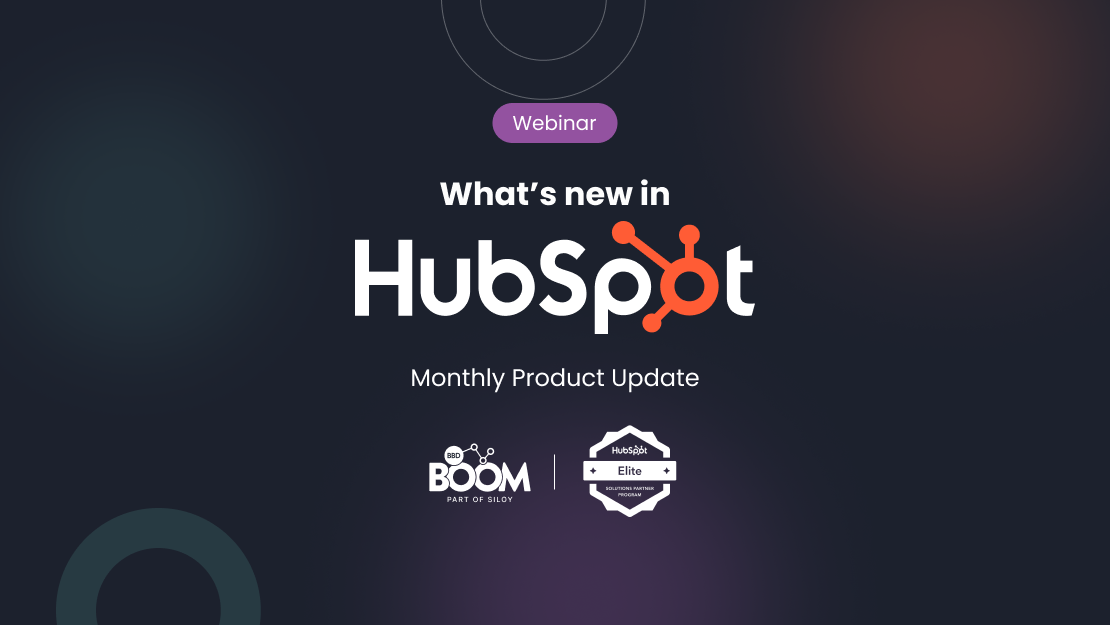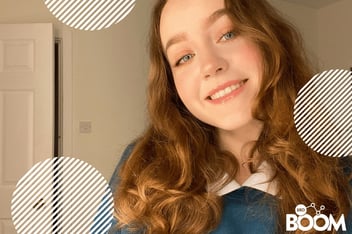Most people would say that social media has become an integral part of people’s lives and daily routines. I, for one, check my social media feeds as the first thing after waking up. Now, this doesn’t mean to say we are addicted, but it does have a large importance in consumers, marketers, and businesses’ lives.
Social Media is constantly evolving; with the development of new platforms, to the continuation of bigger and better trends, sometimes it can be hard to keep up with the constant advancement. Unless you have a clear social media marketing strategy, it can be difficult for you to stand out in a crowd. But not to fret, we’re going to make it easy for you. Here are our top 8 Social Trends for you to use in your marketing.
1. TikTok
During the pandemic, one word that was mentioned in most sentences was TikTok. TikTok is a social media platform for creating, sharing and discovering short videos.
It has had undeniably fast growth; in 2019, TikTok had 381 million monthly users, whereas now it is at a whopping 1 billion users a month!
According to Ben Jeffries, CEO of Influencer.com, "in 2020, TikTok was the world's most downloaded app and with more and more consumers choosing to use the creative and humorous entertainment platform, brands are waking up to the opportunity to capture a new audience and showcase their brand personality."
Throughout 2022, there’s no denying that we'll continue to see the rise of TikTok as more brands and businesses explore how they can leverage the app's popularity to expand brand awareness and reach new audiences in a number of ways.
The point being, the sales funnel is a strict methodology that gets disrupted if a customer doesn’t follow an exact journey that has been planned out for them. Furthermore, it suggests the idea of treating the customer like an output, when in reality, you'll have a more effective and evergreen strategy if you treat your customers like an input too.
2. Influencer Marketing
The various lockdowns definitely contributed towards the growth of “everyday influencers” or “nano-influencers”. This has now led to the idea that people trust influencers more than brands, which is why it is such a strong avenue to explore in 2022.
Alignment between social media and e-commerce is strengthening, so we will definitely see an increase in influencer partnerships in the near future. So, avoid spending a lot on bringing the hottest model or celebrity to carry your message, focus your time on micro-influencers in 2022. Most people prefer to respond to those with whom they can relate.
3. Social Selling demands will grow
Social selling is a lead-generation technique where sales people directly interact with their prospects on social media platforms. Over the past few years, social platforms like Facebook and Instagram have worked to create native shopping experiences so users can purchase products without ever leaving the apps.
Throughout 2022, we’ll definitely see more brands go down this route to reach consumers wherever and whenever they are ready to buy. Buyers are more informed and empowered than ever before, so it’s important to make sure you cater for them at whatever part of the buyer's journey they are in.
4. Businesses will invest more in long-form and short-form content
Due to the rise of the use of the social platform, TikTok, video-focused content has become increasingly popular.
HubSpot found that 64% of marketers plan to create more short-form videos, also known as Snackable content; straight-forward, short-form, easily digestible content that is visually engaging and is passively consumed across all social channels.
Short-form content might not be your forte, so long-form content might be better for you. According to HubSpot, 51% of marketers who use long-form videos intend to increase their investment.
5. Instagram Reels
Similar to the above point, video content will continue to dominate - more specifically, Instagram Reels. These are Instagram’s own version of TikTok on their social platform. The purpose of them is to allow people to express their creativity and bring their brand to life. You can collaborate with others within a community and discover new ideas.
This contributes to the idea of Snackable content to educate consumers about their brand. The pandemic has helped the growth of this type of content as more people scroll endlessly through content feeds whilst bored at home, so don’t expect this to decline anytime soon.
6. Message communication is preferred by prospects
During our lockdowns, most people discovered that social media is a more convenient way to get urgent questions answered.
According to surveys, around 64% of people said they would prefer to communicate via social media messages, and tend to avoid calling the business themselves for any service. In order to meet this demand, we would recommend you have the ability to provide effective customer service support through those channels.
7. Paid Social is a necessity
According to HootSuite, 43% of people said “the decline of organic reach and the need to increase paid advertising budgets” was their biggest challenge on social media.
The average organic reach for a Facebook post is 5.2%, meaning only 5% of your followers will actually see your post if you don’t put any paid budget behind them.
Now, this doesn’t mean to stop posting organic content, as you can still increase brand awareness and encourage audience engagement, but it might be time to level up your social game and start experimenting with Paid Ads.
8.User-generated content will continue to be popular
Brands utilising user-generated content is not a new concept, but it is a trend that will continue to rise. Many brands run relevant and relatable marketing campaigns that encourage people to submit their entries to be a part of the campaign. An example of this is Dove’s #BeautyStory campaign, where consumers would send a picture of their mum, along with the beauty lesson she passed down. The campaign lasted for several days all leading up to Mother’s Day.
Another example is Airbnb who completely rely on user-generated content for their social media content. They simply ask their users to share their content by simply tagging them, and Airbnb will post those tagged pictures on Instagram with credit to the original creator.
If you have never experimented with user-generated content, maybe 2022 is the year to start exploring it.
As social media presence increases, it’s important to remember that social media is an ever-changing and competitive space. Trends are always changing, and the platforms themselves are constantly developing, so what worked before may not always trigger results. Therefore, you need to ensure you keep up to date with all those latest developments that are relevant to your industry.
If you’d like to learn more about how you can put these trends into practice, click here to get in touch with one of our experts!
.png?width=877&height=508&name=bbd-boom-siloy-navy+blue-logo%20(1).png)
.png)






-3.jpg?width=352&name=Untitled%20design%20(2)-3.jpg)
.jpg?width=352&name=Untitled%20design%20(1).jpg)
